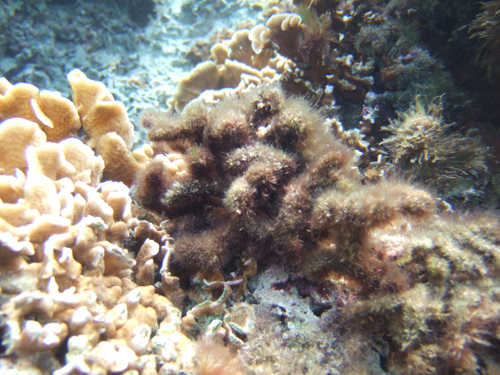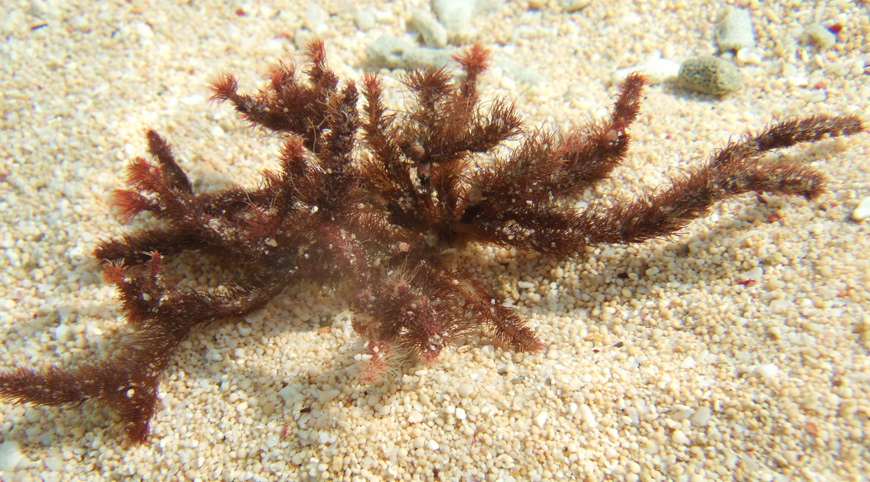
These challenges were addressed during the sequencing of D. simplex through use of the new PromethION sequencer from Oxford Nanopore Technologies. This equipment has long read sequencing technology, enabling the researchers to assemble the genome of the seaweed and allowing them to observe biosynthesis gene clustering for the first time in a seaweed. They used a smaller version of the PromethION called MinION to sequence P. palmata.
“Nanopore sequencing has been touted as the ‘holy grail’ of sequencing and only recently has this become a reality,” said study co-author Todd Michael, a professor and director of informatics at JCVI.
He worked on sequencing and assembling the seaweed genome where the new pathway was discovered.
“This is one of the first published studies using the promethION to sequence and assemble a genome, and the first red algae genome,” said Michael. “The sequencing and assembly with the long reads and the large amount of data enabled us to assemble the genes in the kainic acid pathway.”
The researchers used the newly discovered seaweed enzyme pathway to develop a concise, two-step process to produce kainic acid. They expressed the seaweed genes in the bacterium Escherichia coli and found that the enzymes were able to form kainic acid in the fermentation.
“It was only when we established a method in which we employed a combination of chemical synthesis and bacterial fermentation with the seaweed gene that we produced gram quantities of pure kainic acid,” said Moore. “I was just totally shocked to see so much kainic acid produced, so simply and so elegantly.”
The researchers are now moving forward to commercialize this biotechnological method to produce kainic acid and other neurochemicals in a more affordable and clean way. They said this kainic acid production method could be rapidly implemented on an industrial scale in the near future, which could provide more opportunities for research on human brain diseases.
In addition to Chekan, Moore, and Michael, the study was authored by Shaun McKinnie and Malia Moore of Scripps Oceanography and Shane Poplawski of JCVI.
This study was funded by the U.S. National Institutes of Health (R01-GM085770), the Simons Foundation Fellowship of the Life Science Research Foundation, and the Natural Sciences and Engineering Research Council of Canada.






修改评论